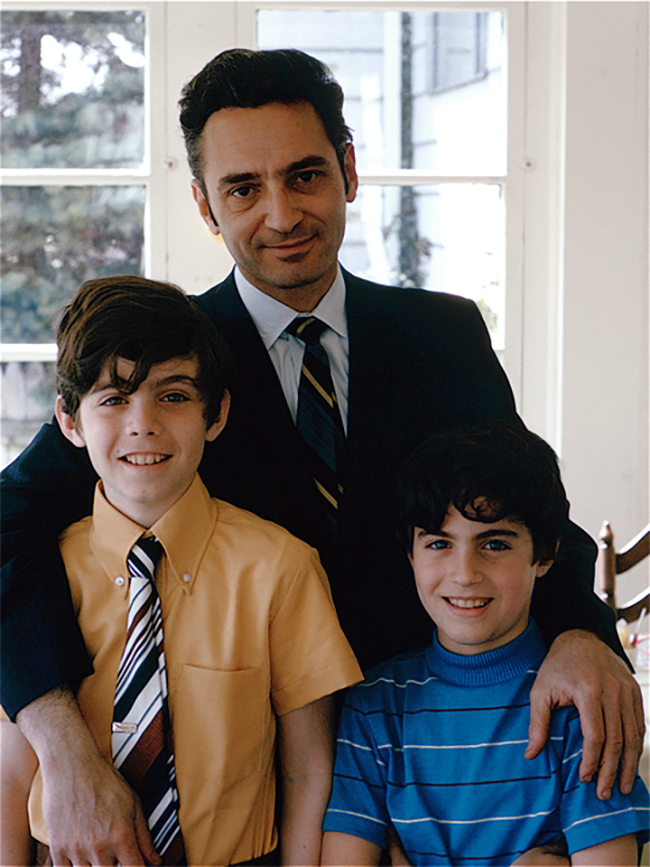The Incessant Flux of Life and Time
My father, the poet Kailash Vajpeyi, had a massive heart attack on March 31, and died just before daybreak on April 1, 2015. I was away when he was hospitalized, but managed to return to Delhi by late evening of March 31, and to be with him in his last hours. He was on life-support and unrecognizable as himself. But when I spoke to him and wept and caressed his hand, his eyes were open, the muscles of his mouth and throat twitched. He had been waiting for me, I felt. Soon after that, his vital signs flattened out.
As the sun was setting on April 1, I lit his funeral pyre. Per the priest’s directions, I stood at the head of his burning body, and smashed a pot of water against the ground. I then drove a long stake into the flames, pulled it back, and threw it clear over and across towards his feet.
The visceral violence of these archaic rituals, unchanged since Vedic antiquity, is meant perhaps to break down every shred of attachment one might feel to an embodied being, and to transform the dead person’s presence — until so recently so real — entirely into a collage of memories: face, voice, gestures, words. Among the couple hundred mourners who had gathered at the cremation ground, there was Ashis Nandy, whom I hugged with relief, gratitude, and terror as soon as I spotted him in the congregation. Later I discovered that all the headlines in Hindi newspapers and news sites mentioned not only my father’s death, but also the fact that it was his daughter who had performed the last rites. Women are usually debarred from such things in Indian society.
On April 8, I took a cotton bag of his charred and fragmented bones to Allahabad, a small city in eastern Uttar Pradesh where the confluence of three holy rivers — the Ganga, the Yamuna, and the mythical Saraswati — creates a sacred gateway whence the dead may finally depart the mortal world. After a two-hour-long rite to venerate my father’s ancestors, and to ensure his smooth passage into a sphere of everlasting life, I was led out in a boat, along with my mother and my partner, an aunt (my father’s youngest sister) and her husband, as well as a cousin (my father’s older brother’s son), to where the waters of the Yamuna and the Ganga, more muddy and more indigo, flow together.

The ancient name of this place is Prayag; the meeting of the rivers is called Sangam (literally “Merger,” “Confluence,” or “Union”). I was asked to face the setting sun and let go my father’s remains into the water. The pain was like fire: sharp, clear, bright, searing. I had the sensation of being the eye at the junction of two vortices — one funneling down into me from my earliest forefathers, converging in me from an impossibly distant past; the other flaring and spiraling out from me into the vast void that is futurity. Immemorial aeons cascaded through me, uncounted generations, and my father’s ashes disappeared into the gentle waves lapping around our boat.
A word came to mind my father had taught me: pravaaha, flow. The flow of water, of life, of time, the incessant flux of which we are made, in which we tarry, into which we disappear. I wondered if what I had just done had liberated my father or liberated me — from birth and death, from rebirth and suffering, from all the presuppositions and entailments of human love, human action, and human life.
In one of his most celebrated poems, my father had written:
Devise a way
That the eye not shut
And yet the world vanishSince drowning is inevitable
Never trust the boat
But do
Trust the river.
This article is excerpted from “Waiting for Giorgio,” originally published in the Los Angeles Review of Books on April 12, 2015.


Share your reflection